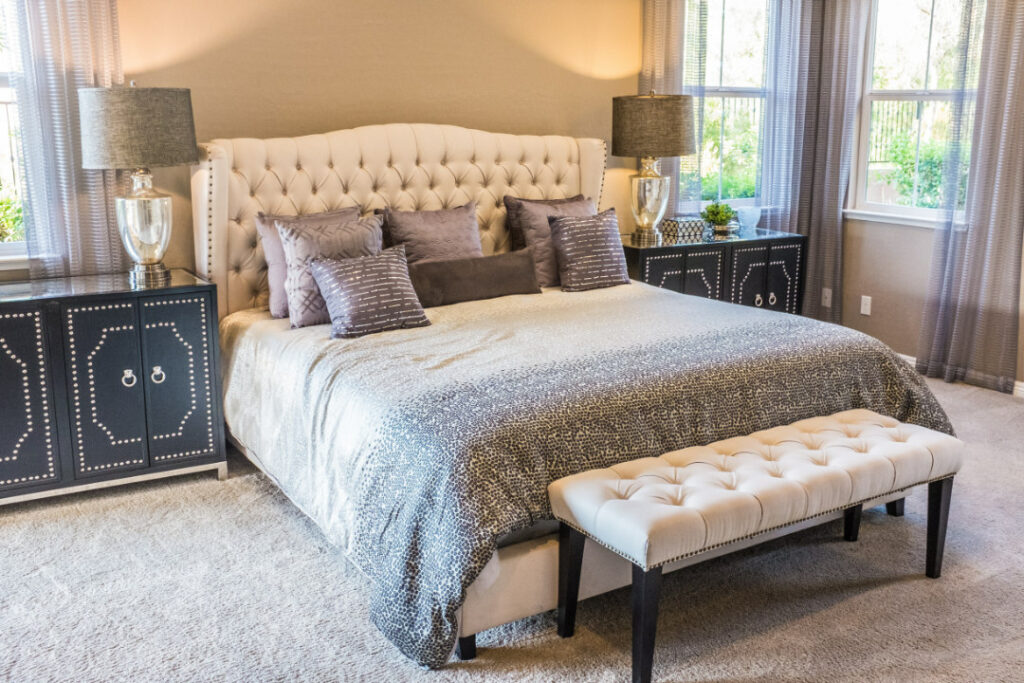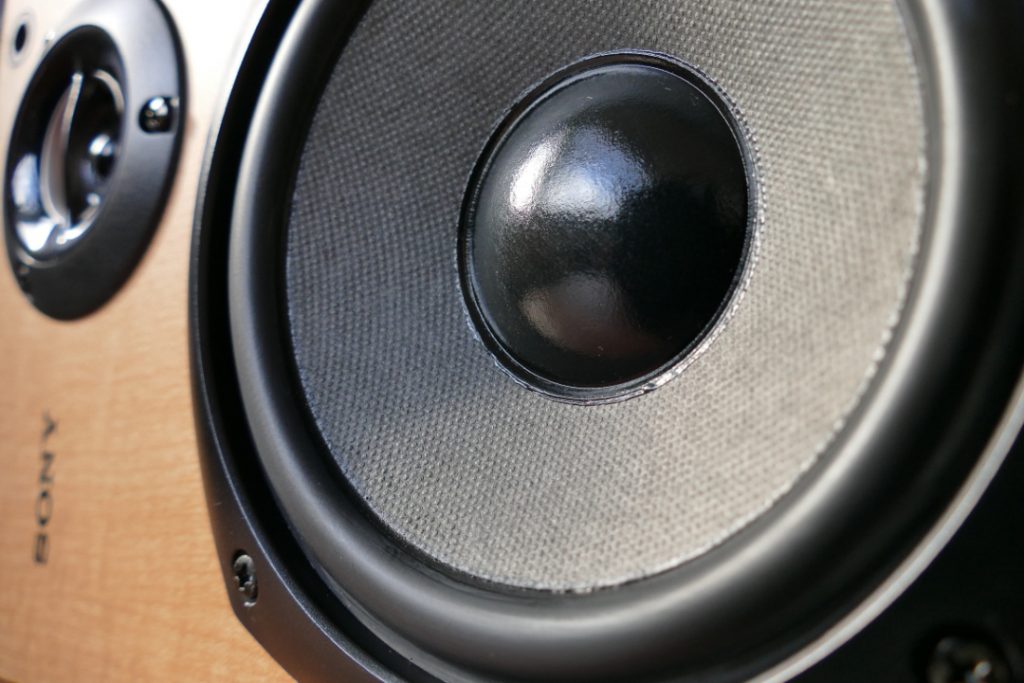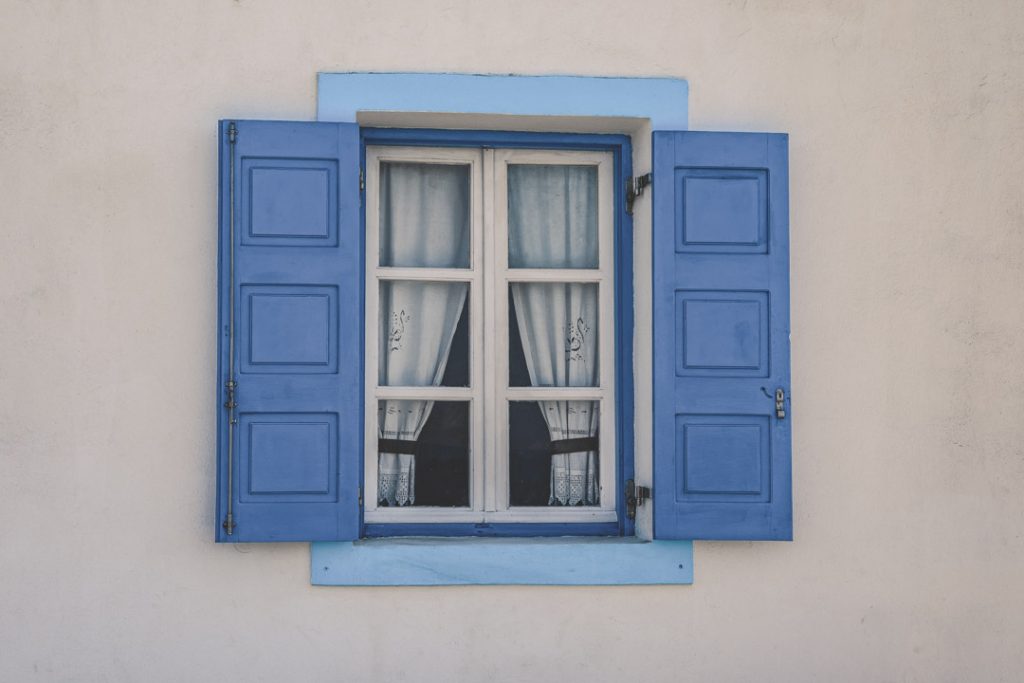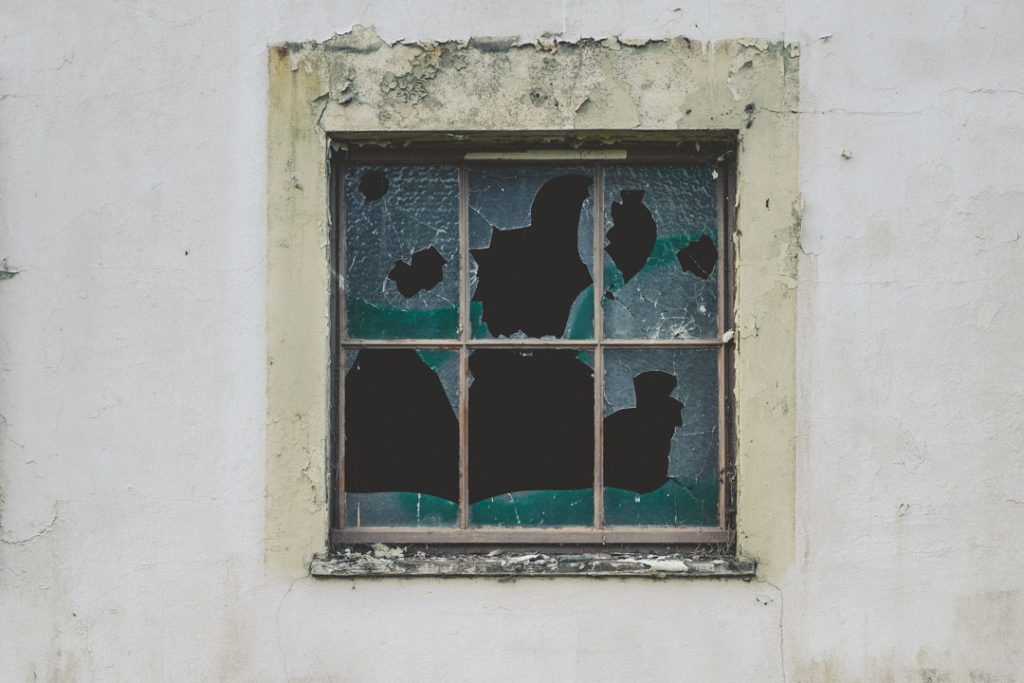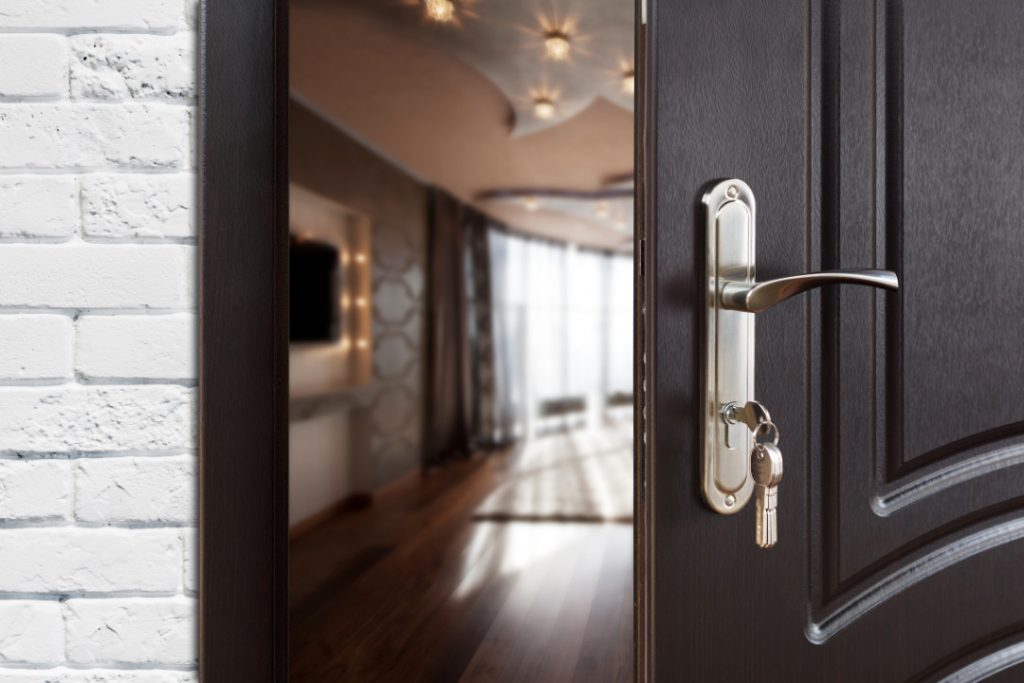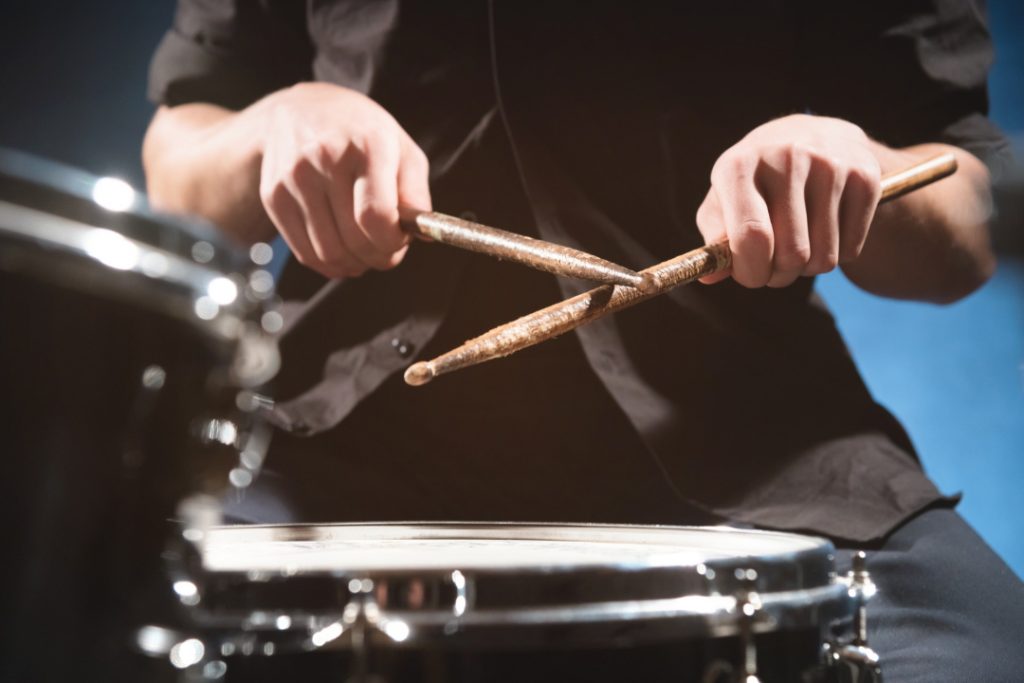How To Soundproof A Headboard? We are all aware that a quiet and peaceful bedroom atmosphere is essential for getting excellent sleep.
Furthermore, installing a headboard that muffles sound vibrations is the best approach to begin soundproofing your bedroom.
Unfortunately, despite the wide variety of headboards available for purchase, it would be difficult to find one that is expressly designed to absorb noise or block sound. Luckily, making one yourself isn’t that difficult.
How To Soundproof A Headboard
Everyone who is getting ready for bed at night wants to sleep peacefully and quietly. When the environment is a little noisier than some individuals would prefer, it can be harder said than done.
The good news is that virtually every aspect of the bedroom can be altered, and the bed can even be treated to improve the overall background noise.
In fact, one of the simplest methods to restore order overall is to soundproof a headboard.
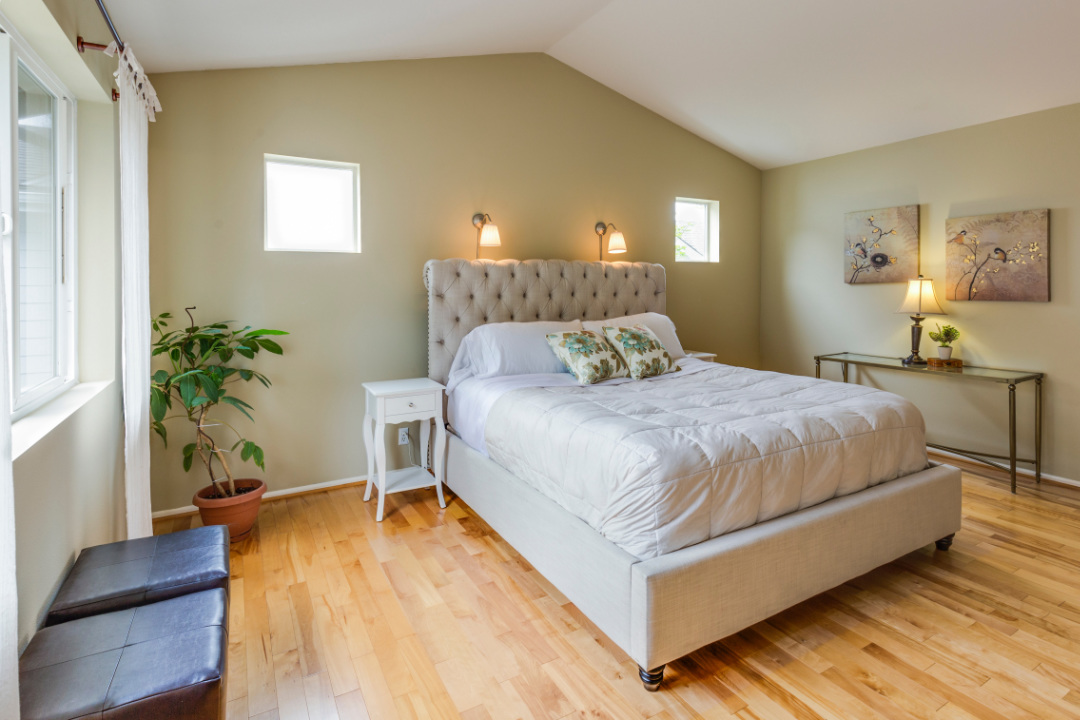
How can this be done specifically? There are a few proven techniques, and depending on how much effort a person is willing to expend they can notice results very rapidly.
Acoustic Panels
Hanging acoustic panels can be rather expensive, depending on their size and quality, but it’s unquestionably one of the best ways to soundproof a space.
You can hang acoustic panels as decorations or artwork throughout your home to help block out unpleasant noises.
These panels typically weigh very little and are available in a range of colors to fit your decor. These foam acoustic panels are inexpensive, simple to install, and effective at absorbing noise.
There are larger acoustical panel sizes available for a little extra money that may be placed using sturdy hardware or flush-mounted z-clips. These may be used separately or coupled to form a single, substantial panel.
The laws governing light reflection also apply to sound reflection, which returns at an angle corresponding to the angle of the entering sound.
Glue
The majority of folks will rely on wood glue to assemble a headboard and get everything underway.
For those out there who don’t want to use any kind of machinery to put everything together, this is the ideal solution. Given the ingredients present, the glue ought to be adequate.
If someone wants to go that route, another choice is superglue. It can be used in a hot glue gun or as dry super glue to offer exceptional adherence.
Cheap Soundproofing Foam
Cheap soundproofing foam might help you achieve remarkable things if money is short. Soundproofing foam has advanced significantly in recent years, and it is incredibly cheap on Amazon.
Soundproofing foam can be purchased for a reasonable price. Even better, soundproof foam is frequently available in a range of colors, so it need not only serve a practical purpose. It can meet your soundproofing demands while also giving your area a beautiful aesthetic touch.
Acoustic Soundproof Tiles
These are the same tiles that are employed to help soundproof a variety of flat surfaces. Acoustic foam tiles are relatively inexpensive and more pleasant than most people realize.
No one wants to lean against something that is excruciatingly painful, therefore this is wonderful news for people who are installing a headboard.
Use A Sound Booth
A sound booth can be an option if you have a larger budget and know where the noise is coming from inside your house. As a result, the sound is isolated before it has a chance to reverberate around the room.
Other soundproofing ideas that are quick and effective for sound reduction
- Sound Proof Curtains
- Thick Sound Absorbing Rugs
- Sound Proof Curtains
- Acoustic Blankets
Alternatives To Soundproofing (Add Background Noise)
One of the simplest and least expensive ways to soundproof a room is to introduce background noise.
Even though the bothersome sounds are still present, it is simpler to block them out when there is something else to listen to.
This technique is used in three different ways, including:
Sound Machines
A wide range of background noise can be produced by several sound devices, including white noise, rain, and various natural sounds.
Although sound machines don’t completely eliminate noise, they are a simple technique to disguise it and can be especially helpful in short-term circumstances.
Air Purifiers
Another excellent approach to block out unpleasant noises while also purifying the air is to add an air purifier.
Air purifiers can be rather loud when operating at high speeds and assist eliminate harmful air particulate if you like the idea of a multi-functional device.
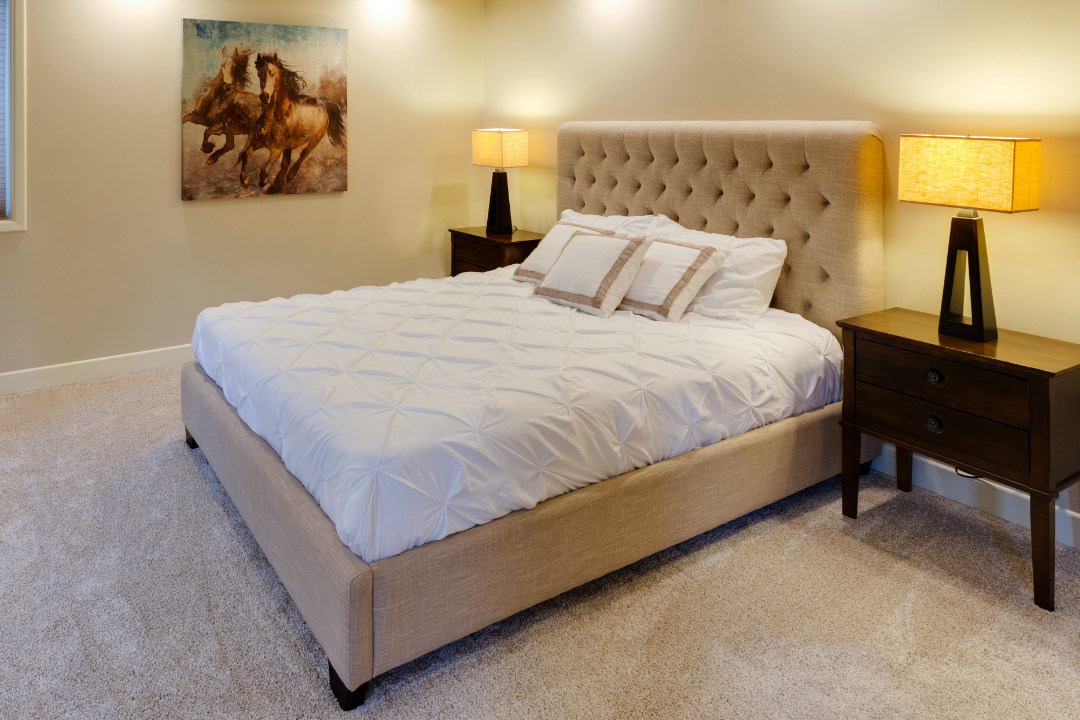
How To Soundproof A Headboardment: From The Inside
Location is key when beginning to think about soundproofing a space. It’s easier than you might think to soundproof a room from the inside.
In order to effectively reduce noise in your environment, make sure to address each of the three key criteria listed above.
Reflection Point
The sound will reflect back at the exact angle it entered your area after entering. This may prompt you to use soundproofing solutions on both the wall behind the headboard and the wall at the footboard’s end in the aforementioned scenario.
The Sound Origin
Are you trying to hide a particular sound, such as a television, an instrument, or traffic? Typically, a single location can house this kind of music. Finding the source of the sound is the first step toward hiding it.
Entry Point
The location in your space where sound enters your room is known as the entry point. Once more, this could be a precise location close to the sound source or the complete existing wall, as in the case of shared walls in apartments, condos, or duplexes.
Soundproofing A Room For A Low Price
Adding furniture and natural decor to your space is one of the simplest methods to cover up unpleasant noise in a space. Hard surfaces, such as concrete bare walls or floors, reflect sound.
Use Curtains And Window Coverings
Blackout Curtains are not only a fantastic aesthetic barrier against curious neighbors, but they also double as dampening noise.
Hanging thick, velvety curtains can assist reduce unpleasant road noise as well as additional outside noise.
Add Thick Rugs
Another approach to improve sound masking without taking up more space is to place a pad under the carpeting.

